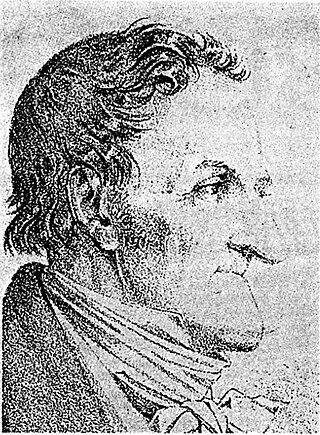
Count Georg Ludwig Friedrich Wilhelm zu Münster was a German paleontologist.

Archduke Leopold Wilhelm of Austria, younger brother of Emperor Ferdinand III, was an Austrian soldier, administrator and patron of the arts.

Maria Anna of Bavaria was a politically active Archduchess of Austria by her marriage to her uncle Archduke Charles II of Austria. She played an important role in the Counter-Reformation in Austria.

Heinrich Wilhelm August Freiherr von Gagern was a statesman who argued for the unification of Germany.

Anne of Bohemia and Austria was a Duchess of Luxembourg in her own right and, as a consort, Landgravine of Thuringia and of Saxony.

ArchduchessMaria Elisabeth of Austria, was the governor of the Austrian Netherlands between 1725 and 1741.
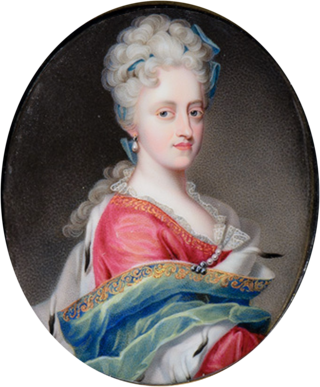
Maria Magdalena of Austria was a governor of Tyrol and daughter of Leopold I, Holy Roman Emperor and his third wife Eleonor Magdalene of the Palatinate-Neuburg. She died unmarried.
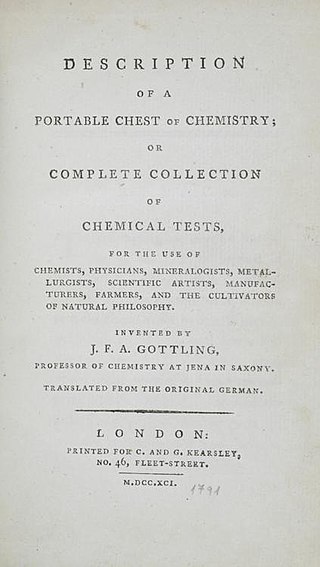
Johann Friedrich August Göttling was a notable German chemist.

Johann Peter Krafft was a German-born Austrian painter who specialized in portraits, historical works, and genre scenes.

Charles Joseph was an Archduke of Austria and Grand Master of the Teutonic Knights (1662–1664). He was also the Bishop of Olmütz, and Breslau, Passau.

Heinrich Hlasiwetz was an Austrian chemist born in Reichenberg, Bohemia.

Johann Adam Klein was a German painter and engraver.
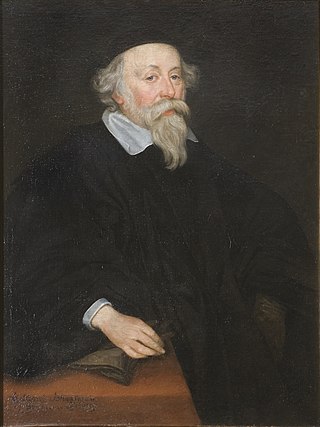
John Casimir, Count Palatine of Zweibrücken-Kleeburg was the son of John I, Count Palatine of Zweibrücken and his wife, Duchess Magdalene of Jülich-Cleves-Berg. He was married to Catherine of Sweden and was the founder of a branch of Wittelsbach Counts Palatine often called the Swedish line, because it gave rise to three subsequent kings of Sweden, but more commonly known as the Kleeburg line.

Maria Anna Josepha of Austria was an Austrian archduchess who became Electoral Princess of the Palatinate as the wife of Johann Wilhelm, Elector Palatine.

Leopold Kupelwieser was an Austrian painter, often associated with the Nazarene movement.

Moritz, Prince of Dietrichstein, was a German prince, member of the House of Dietrichstein, 10th and last Prince (Fürst) of Dietrichstein zu Nikolsburg, Count of Proskau-Leslie, Baron (Freiherr) of Hollenburg, Finkenstein and Thalberg.
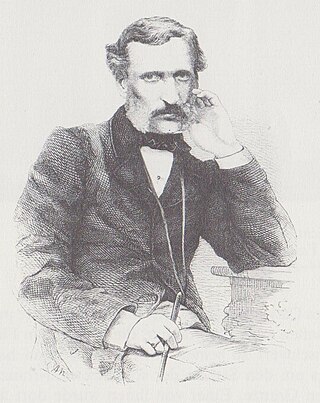
Hermann von Gilm, officially Hermann Gilm von Rosenegg was an Austrian lawyer and poet.

Ignaz Franz Graf zu Hardegg auf Glatz und im Marchlande was an Austrian General of the cavalry. He was an important commander during the Napoleonic Wars and from 1831 to 1848 President of the Hofkriegsrat.
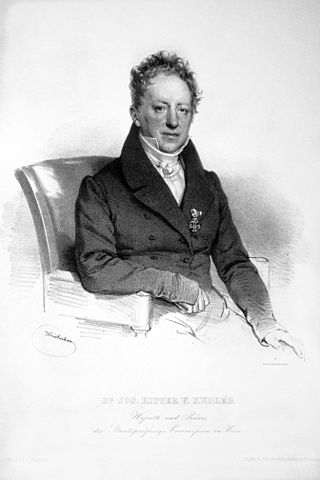
Joseph von Kudler was an Austrian economist, jurist and academic.

Friedrich Wilhelm L'Allemand, known as Fritz was an Austrian history painter.




















